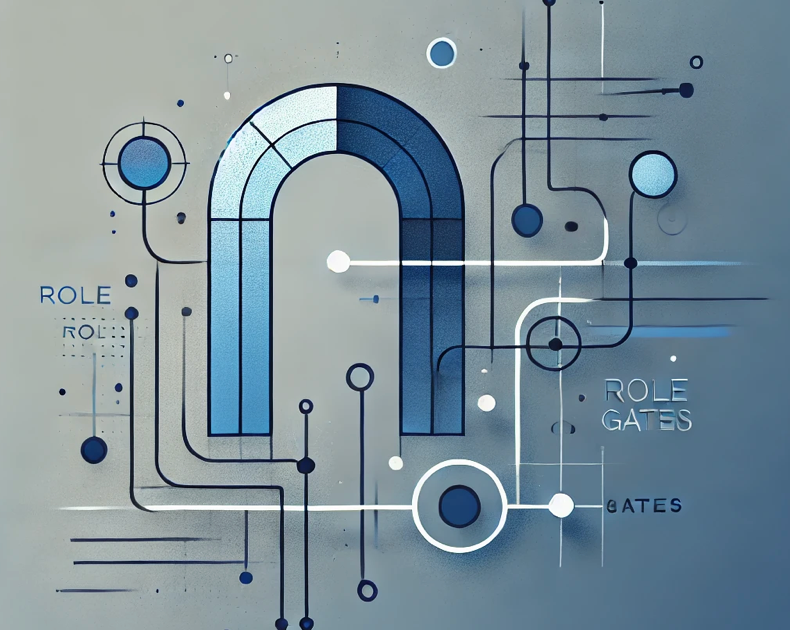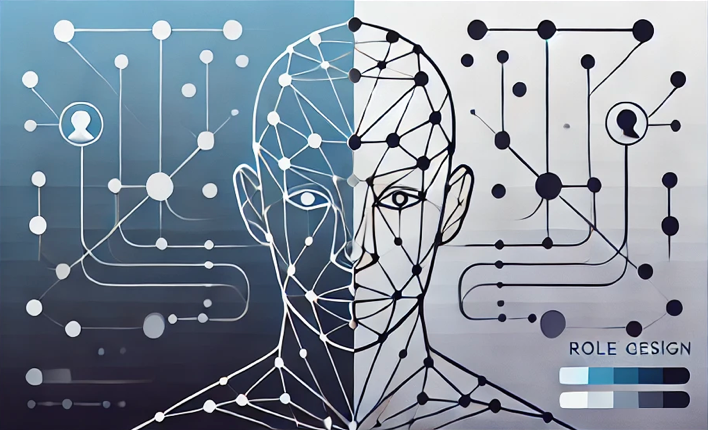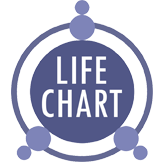Role gates in Human Design are a powerful tool for gaining deeper insights into behavioral patterns and reactions. These six key gates represent specific aspects of behavior and interactions with others. If you’re already familiar with your profile’s general description, studying role gates can help you uncover details often overlooked.
Unlike the basic profile interpretation, role gates provide a more nuanced understanding of how your profile lines manifest in specific life situations. This not only helps you become more aware of your actions but also allows you to refine them to better adapt to the world around you.
What Makes Role Gates Different from Profile Interpretation?
Role gates represent the next level of exploration in your Human Design chart. Here are the key distinctions:
- Line Names: Lines in role gates have specific names that differ from the profile lines. For instance, the first line in Gate 10 is called “Modesty,” which highlights how its theme is expressed.
- Focus on Details: While a profile gives an overarching view of behavior, role gates illustrate how profile lines come to life in specific aspects. For example, in a 1/3 profile, the first line in role gates emphasizes seeking foundations, while the third line tests those foundations through experience.
- Practical Application: Role gates reveal how your automatic reactions influence daily situations. This is particularly helpful for improving interactions with others and adapting to life’s challenges.
Exploring role gates takes you beyond the standard understanding of your profile, enabling a deeper self-discovery. This is a step toward a conscious life where you not only understand your strengths but also learn to maximize their potential.

Types of Role Gates
Each profile includes six role gates that reveal unique aspects of your personality and potential. Let’s take a closer look:
Gate 10: Behavior
Gate 10 governs how a person expresses their inner values through behavior. It helps find harmony between authenticity and adapting to external circumstances. By understanding this gate, you can align your actions with your core values, creating balance in your decisions.
Gate 7: Leadership
This gate is associated with the ability to lead and inspire others. It shows how to better manage a group and organize processes to achieve common goals. Understanding this gate helps you take your place in a team, inspiring and organizing those around you.
Gate 13: Listening
Gate 13 enhances the capacity to grasp the essence of conveyed information. It helps filter unnecessary details and share insights that truly matter to the collective. Learning about this gate allows you to hone your ability to focus on what is meaningful and valuable.
Gate 59: Intimacy
This gate is about establishing and maintaining close connections. It emphasizes balancing vulnerability and security, fostering deep and trusting relationships. By understanding this gate, you can strengthen bonds through balanced intimacy and trust.
Gate 1: Creativity
Gate 1 reflects the ability to express uniqueness and create something new. It unlocks potential for self-expression through creativity and inspiration. Exploring this gate helps you uncover your unique qualities and express them meaningfully.
Gate 27: Nurturing
This gate focuses on caring for others and preserving resources. It supports finding a balance between helping others and attending to personal needs. By understanding this gate, you can effectively nurture others while maintaining your own well-being.
How Do Role Gates Manifest in Life?
All six role gates are active by default and manifest through the lines of your profile. Each gate has two active lines that reveal how your profile influences behavior in specific life situations. For example, if you have a 1/4 profile and are studying Gate 1 (Creativity), the first line emphasizes individual self-expression and creating something new with a fundamental approach, while the fourth line reveals this creativity through interactions with close connections.
Example: You work in an office, organize events, or handle daily tasks. The first line helps you focus on creating clear structures and well-grounded ideas. Without understanding the first role gate, you might get caught up in minor details, making it difficult to complete tasks or present ideas. By understanding how the first line works, you can prioritize what needs deep focus and what can be left for future refinement.
This allows you to prepare high-quality proposals that colleagues perceive as reliable and well-thought-out. The fourth line helps you see your environment not just as an audience but as a resource for implementing ideas. By understanding how the fourth line operates, you can engage colleagues in discussions, use their feedback to enhance your proposals, and create an atmosphere where your ideas are not only heard but actively supported.
Thus, the fourth line makes the process of interaction productive and mutually beneficial. Together, these lines make your ideas more visible and valuable.
Another Example: Consider Gate 7 (Leadership). These gates show how you assume leadership roles. For instance, in a challenging work situation where the group needs coordination, you might intuitively take the initiative. Understanding Gate 7 helps you recognize how to use your leadership tendencies effectively: avoiding overburdening yourself, delegating tasks, and guiding the team toward shared goals. This not only strengthens your confidence but also improves the group’s overall efficiency.
Understanding these aspects allows you to not only understand yourself better but also adjust your behavior to avoid unnecessary conflicts, improve relationships, and achieve success in various areas of life.

Why Is Studying Role Gates Important?
Studying role gates opens new opportunities for self-discovery and growth. They provide tools to understand your automatic reactions and use them to your advantage. Here’s how they manifest:
- Deep self-awareness: You begin to notice how your behavioral patterns are linked to specific gates. This allows you to better understand your strengths and weaknesses.
- Behavioral adjustments: Knowing your role gates, you can adapt your approach to challenging situations. For instance, instead of doubting your decisions, you learn to use your lines for confident actions.
- Improved interactions: Role gates help you understand how your actions impact others and find ways to strengthen connections with people.
This knowledge makes your life more harmonious and conscious. Role gates are a practical tool that allows you not only to understand but also to improve your life.
The detailed interpretation of role gates is available in our premium content.

